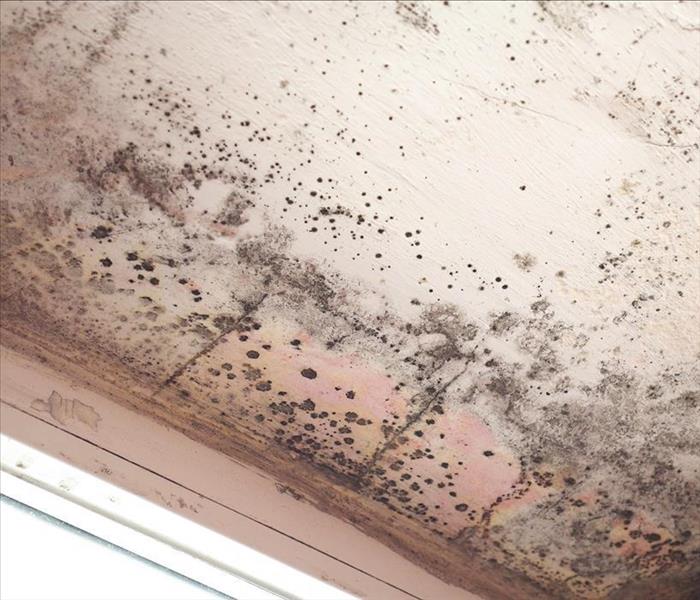When Is Mold Remediation Covered by My Homeowner’s Insurance?
2/18/2021 (Permalink)
No matter how meticulously you care for your home and prepare against disaster, damage can happen. In cases of water damage, which happen fairly often due to a leaking roof, broken pipes, or other incidents, it’s imperative that the damage is repaired quickly and a qualified mold remediation team is enlisted to ensure your home is free of fungus that can cause financial and health effects.
Dealing with a mold issue is already stressful, and the last thing you want is the added headache of remediation not being covered by insurance.
So when is mold remediation covered by homeowner’s insurance?
The short answer is that it varies by situation. An insurance company will only accept your claim if the need for mold remediation stems from something already covered in your policy.
When It’s Covered
Insurance policies will typically approve claims for mold remediation when the mold growth comes as a result of water damage that would also be covered on your policy. These situations can include malfunctioning appliances such as washing machines or refrigerators, a burst water heater, or as a result of a home fire being extinguished.
When It May Be Covered
Mold remediation may be covered when caused by weather factors. Flooding, a common cause of mold problems, is typically not included in the average homeowner’s insurance policy but can be purchased as add-on protection. This is typically recommended in high-risk coastal areas.
If your need for mold remediation arises from another kind of weather disaster, such as a hurricane, service may be covered depending on your policy and insurance provider.
When It’s Not Covered
Insurance companies will not cover mold remediation when it is necessitated by negligence and poor upkeep in a home. In other words, if the situation could have been prevented, a provider will typically choose not to cover remediation services. Examples of situations that fall under this category include spotting but ignoring a leaky pipe, window, etc. or failing to ensure adequate ventilation or install a humidifier in a consistently damp environment.
Mold remediation coverage may be capped at a specific dollar amount, so talk to your insurance provider to understand the specifics of your policy.
An issue with mold will often continue to grow and can create effects for your health. If you notice mold damage in your home, call a mold remediation team immediately, and read these tips for what to do while waiting for them to arrive.
If you’re located in the Cedar City or Fillmore, Utah areas, contact us at SERVPRO for cleanup and restoration services you can trust. Our highly-trained staff is on call 24/7 to respond to emergency situations, and will even work with your insurance company to streamline your claims process.



 24/7 Emergency Service
24/7 Emergency Service
